Here
are 5 cultural destinations that often fly under the radar but are truly worth
a visit in Valtellina!
Beyond
the outdoor activities and gastro delights, the province of Sondrio has a lot
of cultural wealth as well. From museums to castles, ancient churches to
historic villas or fascinating villages that have helped write the history of
Valtellina, we’ve curated a list of five unmissable sights.
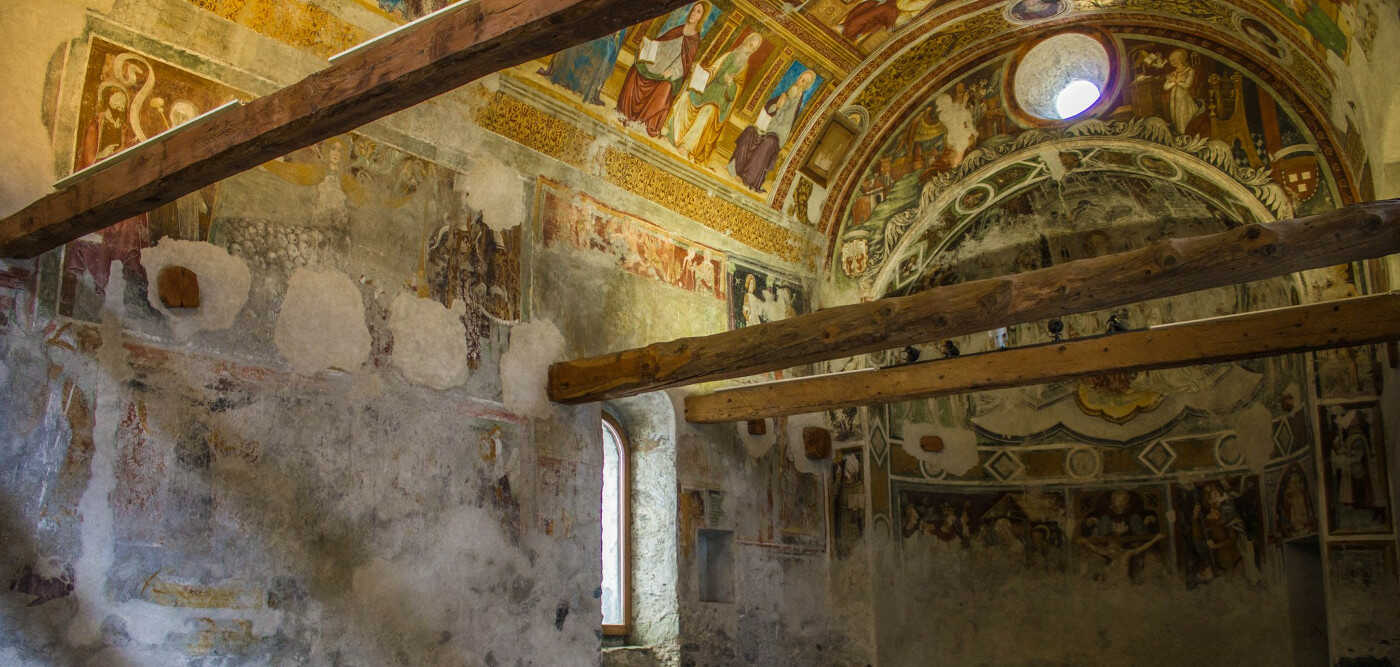
Sat in the heart of Bormio’s pedestrian area on Via Roma,
the church of Santo Spirito (now deconsecrated) has such a plain-looking front
that you would risk walking straight past it if it were not for the circular
apse.
When inside, the beautiful frescoes, which date back to
various periods between the fourteenth and sixteenth century, will leave you
entranced — their charm has even been amplified by recent restoration work.
CURIOUS
TO KNOW
Abandoned at the start of the 19th century as a former place of worship, it
first became a barn, then a tool shed, then a dormitory, and then a private
residence. These days, the site belongs to the town.
WHERE TO FIND IT
Via
Roma, Bormio (near the Chiesa di S. Vitale, when heading towards via
Milano)
USEFUL
INFO
During the summer and winter seasons, the tourist office in Bormio usually
organises a calendar of free guided visits around various cultural locations in
and around Bormio, including the church of Santo Spirito.
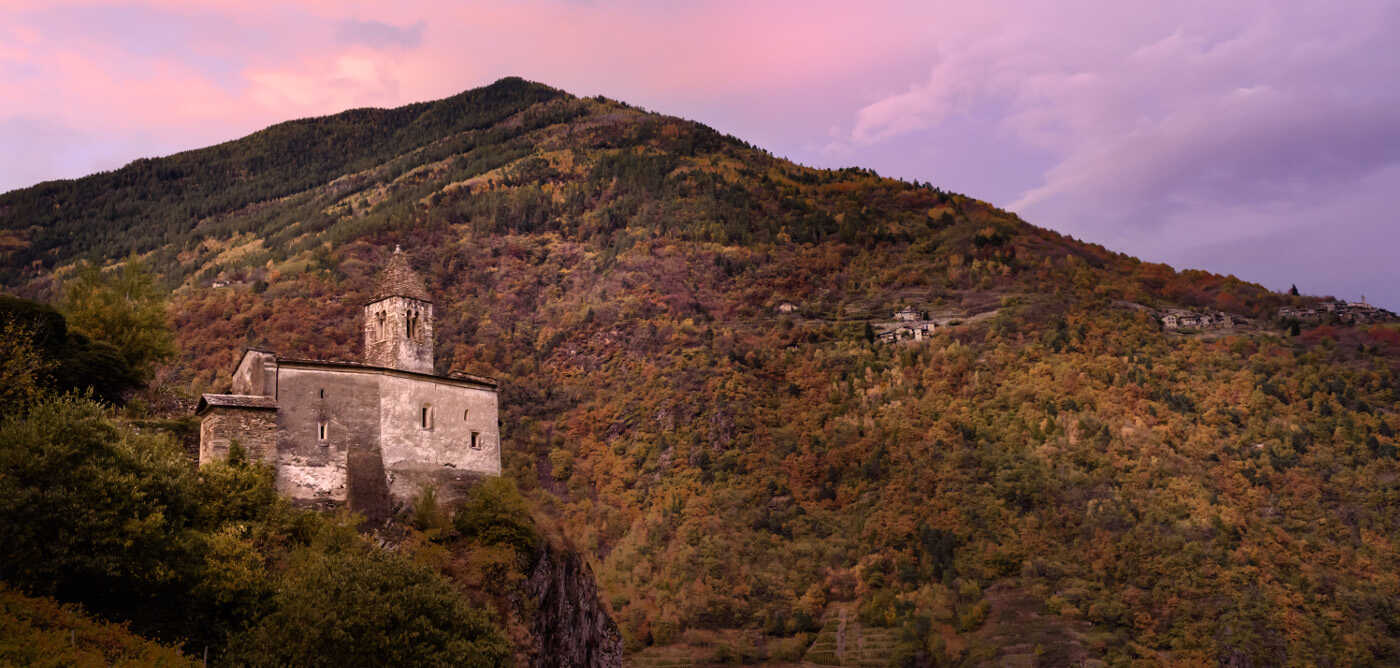
Perched
on a natural balcony and towering over Tirano with a view of the beautiful
Santuario della Madonna di Tirano, the ancient church of Santa Perpetua has long been a nerve
centre for travellers heading towards Val Poschiavo and the Bernina Pass. Other
than the church, there is not so much still standing these days—just
some remains of the xenodochium that historically offered refuge to foreigners
and pilgrims.
CURIOUS TO KNOW
While restoration works were being carried out, a precious cycle of Byzantine
frescoes depicting Saint Perpetua surrounded by saints was discovered. In 2020,
the site was added to FAI (Fondo Ambiente Italiano, the National Trust for
Italy)’s Luoghi del Cuore scheme, denoting it a cherished place to save.
WHERE TO FIND IT
Via Elvezia 27, Tirano. You can reach the church on foot with a steep 10 minute
climb up through the vineyards.
USEFUL INFO
Throughout summer and early autumn, there are often concerts held here – both
religious and not – including ones as part of the Musica dell’anima festival.
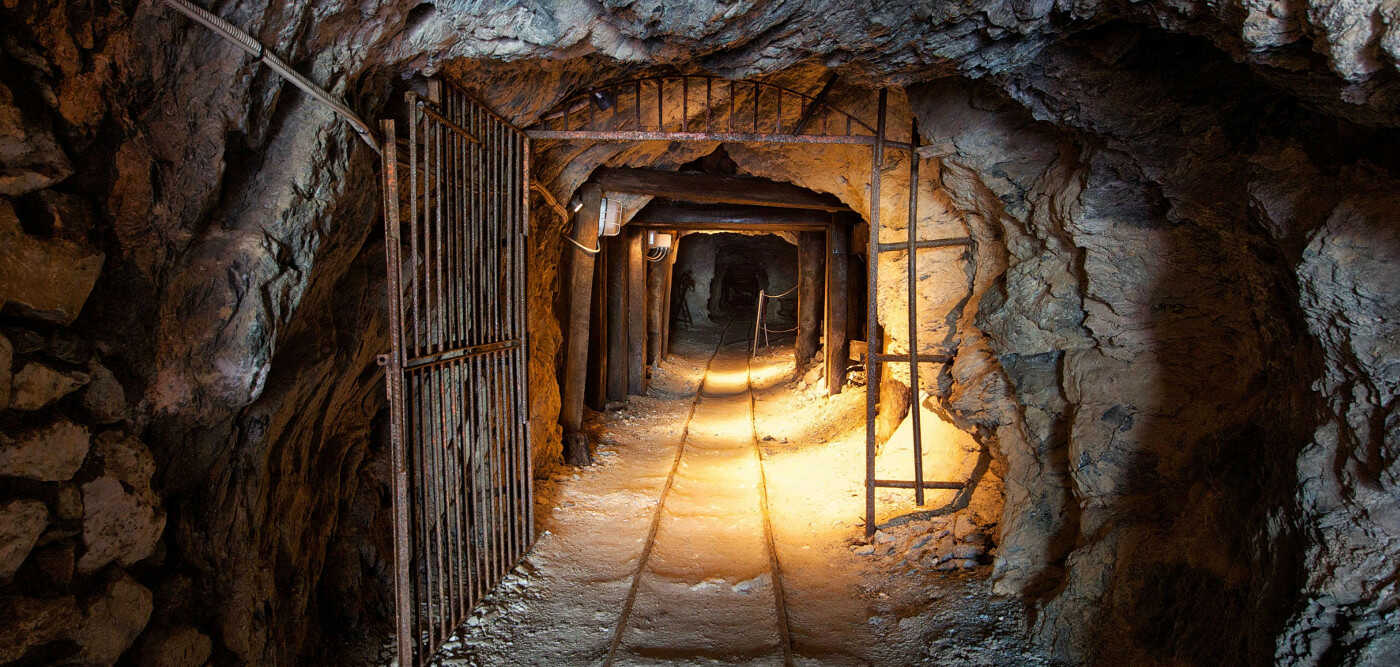
It may not be common knowledge that Valmalenco has a
significant mining heritage, but you can find the proof at this museum that
recounts the talc mining operations and the history of the Bagnada Mine in
Lanzada.
You can follow in the footsteps of the miners with a
guided tour accompanied by audio-visual effects to explore the workings of the
mine, the tools and equipment from days gone by, and discover how the minerals
were transported as well as gripping geological features.
CURIOUS TO KNOW
As positive research emerged on talc and interest in the mineral began to grow,
the Società Mineraria Valtellinese put in a request back in 1936 to begin
short-term mining operations here. However, seeing as the mine ran until 1987,
the request was clearly more long-term than short-term!
WHERE TO FIND IT
Bagnada, Lanzada. Continue past Lanzada following
signs for Franscia. After a series of tunnels and a few kilometres further on
from the town, you’ll spot the mine on your right-hand side.
USEFUL INFO
The temperature is consistently around 6/7°C so dress appropriately with warm
clothes.
For an unforgettable experience, attend one of the concerts that are
held inside the mine throughout the summer months.
More information: https://www.minieradellabagnada.it/
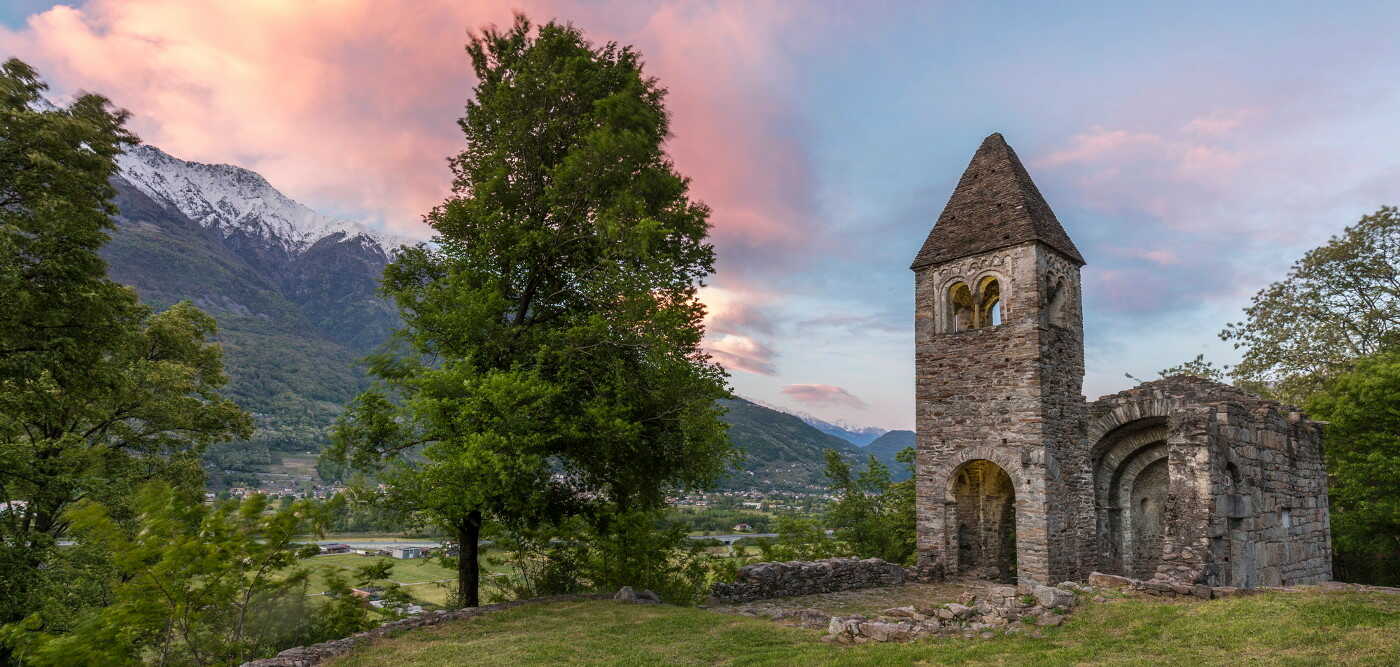
Not far from the village of Piagno in the district of
Cosio Valtellino, you’ll find the remains of the ancient Abbey of San Pietro in
Vallata, dedicated to the saints of Pietro, Paolo and Maiolo. It was built in a
Romanesque style in 1078 and previously had a small convent attached to it.
Nowadays, it’s one of Valtellina’s most captivating sites, tucked amongst
achingly pretty chestnut and Robinia trees.
CURIOUS TO KNOW
For reasons that are hard to pinpoint, the abbey was abandoned by Cluniac monks
(a reforming offshoot of the Order of St Benedict known for their elaborate
mannerisms and spiritual authority) in the fourteenth century, which is when it
began its gradual decline.
WHERE TO FIND IT
Vallate, close to Piagno in the district of Cosio
Valtellino.
USEFUL INFO
It’s a 5–10 minute walk from the car park in Piagno.
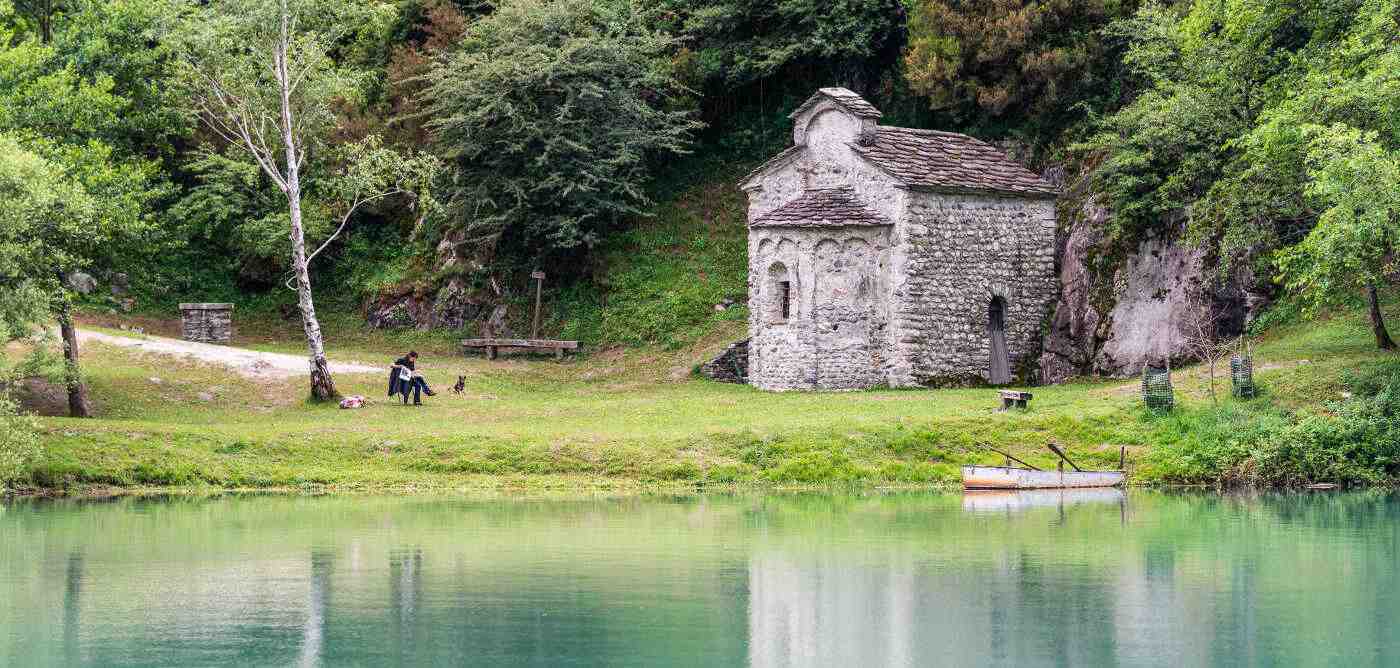
Sat on the banks of the River Mera near Lago di Mezzola,
the Tempietto di San Fedelino is not only one of the most stunning examples of
Romanesque art in Lombardy, but this little temple is also one of the valley’s
oldest monuments dating back to the tenth century.
Legend has it that Fedele – a Roman soldier who converted
to Christianity – was fleeing persecution and ended up in this secluded spot
near Samolaco, thinking he was safe. However, it wasn’t long until his
persecutors caught up and, as Fedele refused to renounce his Christian faith,
he was beheaded and buried. On the same spot, locals built a small oratory to
preserve the martyr’s remains.
CURIOUS TO KNOW
The Tempietto di San Fedelino can only be reached on foot (1h30 m
from S. Giovanni) or by boat. In 2020 the site was voted onto FAI’s Luoghi
del Cuore (Places I Love) list.
WHERE TO FIND IT
On the banks of the River Mera near Lago di Mezzola: Discover how to find it here.
USEFUL INFO
Continue walking past the Tempietto di San Fedelino towards the viewpoint of
Dascio, where you can look out over the beautiful Pian di Spagna nature reserve.
What we’ve listed here are just 5 of Valtellina’s cultural
treasures, but there are many more to discover: museums,
castles, historic palazzis, ancient churches and so much more besides.